Wearables: a boring market that I'm tired of
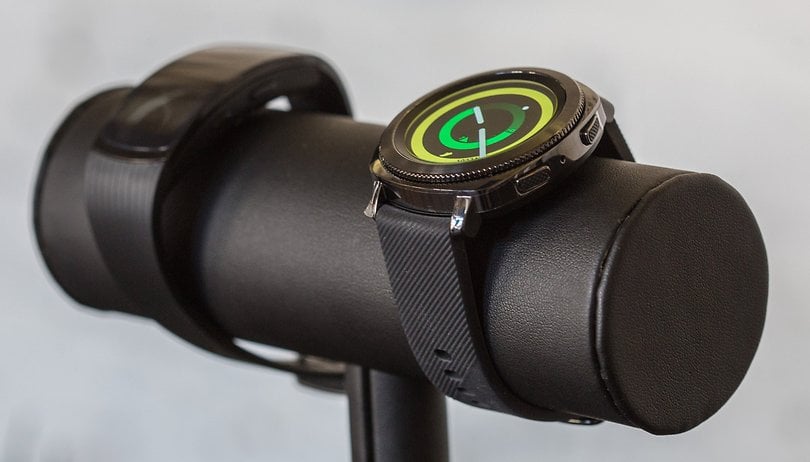

The wearable market has never been as boring as it is today. As early as the fourth quarter of 2017, it was noticeable that market shares were distributed differently each month. However, the overall growth is only 6% and, for the most part, thanks to the so-called "dragging effect" of the Apple Watch. Is there any innovation in this area at all? How boring...
- 12 terms that you should know about wearables
- Wearables of the future will be like a seat belt for your health
In 2018, the situation did not improve much compared with the previous year. Currently, the global growth of the wearable device market is 6%, which represents a sharp decline from the 18% achieved in 2017. Every year we see the same dull news: the umpteenth slide of Fitbit shares, the sale of Misfit to Fossil, the death of Jawbone and Moves, Withings being acquired and then resold by Nokia, Apple pulling out yet another Watch, and Xiaomi boasting of selling more than all of the above. In short, we are talking about a market that is unexciting and, frankly, very tired.
Fitness: the Holy Grail
When it comes to wearable devices, one of the best sources of income is fitness. More and more consumers want to lead a healthier lifestyle and invest in wearable devices, "From a health and fitness perspective, wearables are a great turning point," said James Stables, co-founder and director of the leading wearable technology website, Wareable.
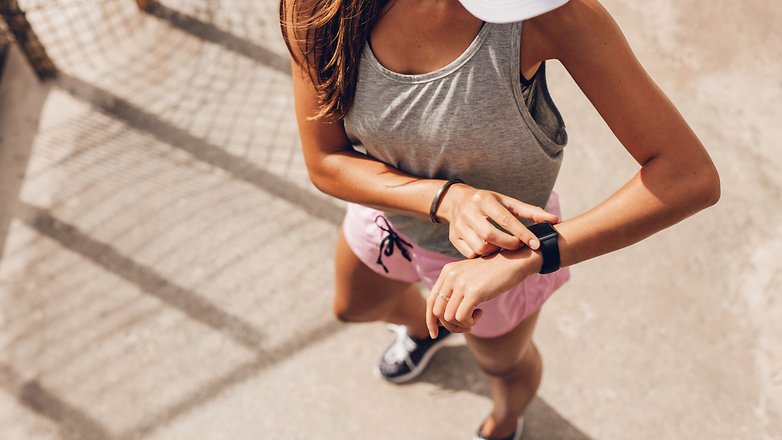
A market taken by storm 'by all manufacturers, famous and not, but that has decreed two winners in a fairly obvious way: Xiaomi and Fitbit. It is no wonder that the small manufacturers of fitness trackers have practically disappeared from a territory where there is no trace of heterogeneity. Innovation in the wearables market is at a standstill - we find ourselves in a situation in which consumers replace their fitness tracker only when (and if) it breaks.
The Apple effect
For a change, the most popular device among all those present in the wearable market is an Apple one. Not only that: as we said in our previous article, Apple dominates not only the smartwatch category, but also that of watches, having even surpassed a giant like Rolex in terms of sales, popularity and demand. It is indisputable that the arrival of the Cupertino club in this sector has given it much more than a breath of fresh air, but this is not enough to make it less boring.
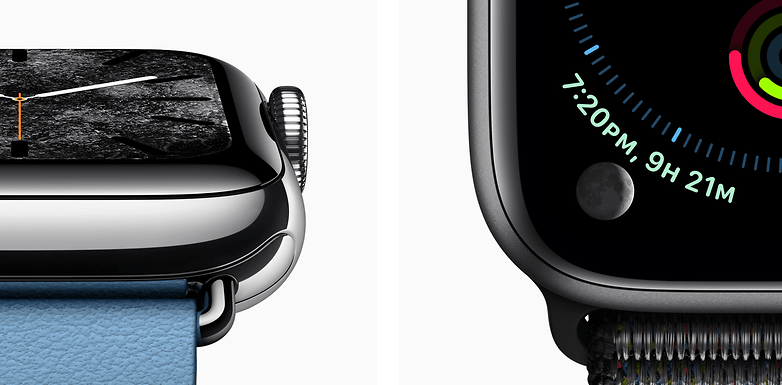
As far as fitness is concerned, the situation here is very different. Although Apple has stolen some market share from Fitbit, it can't compete with its fitness trackers at all. The latter's focus on fitness is its key to success. After the bad experience with Ionic, Fitbit was able to win back a lot of users with the new Versa. It is true that its price is very close to that of the Apple device but... why would you ever buy an Apple Watch just for fitness activities?
What about Google?
Frankly, Google and its Wear OS have completely put me off the urge to have a smartwatch on my wrist. The most they've done in recent years was to change the name of the operating system. Where are the new functions? Am I the only one who thinks that a manufacturer like Fossil is doing much more than Google at the software level? Let's also ask ourselves why Huawei and Samsung use a proprietary OS...
However, the latter two companies, despite having doubled their sales compared to last year, do not base their business model on wearables and this can be seen. Huawei is in fourth place and Samsung in fifth. But back to the Google OS...
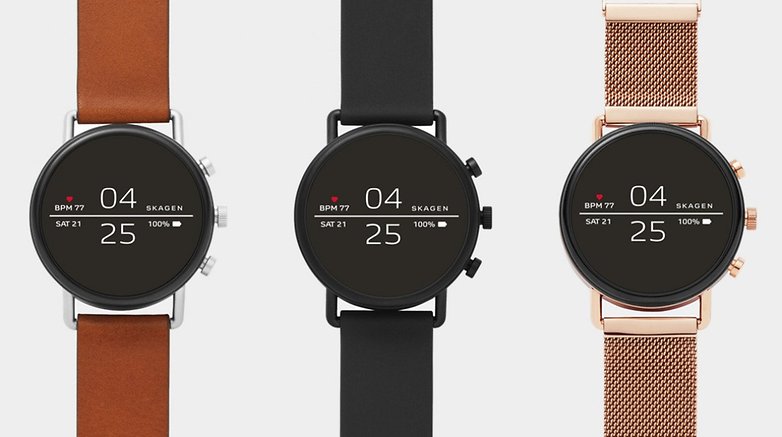
When it comes to fitness, even in this case, there is very little to say. The maximum that can be achieved from this point of view with Wear OS is a device like the Skagen Falster 2, which obviously nobody has heard of. It is a smartwatch which arrived last September and that boasts several features dedicated to fitness, such as a GPS module, a heart rate monitor and an altimeter. It is also fully waterproof and can track all your daily progress. The only flaw? The high price.
Xiaomi? Don't make me laugh.
By analyzing the latest data on global shipments of wearable devices, Xiaomi has further consolidated its position as the world's leading company. In the third quarter of 2018 alone, the Chinese company shipped 32 million units, an increase of 90.9% compared to the previous year. All of this has been possible thanks to the huge variety of options that Xiaomi offers to users.
- Xiaomi Mi Band 2 review: king of the budget fitness trackers?
- Xiaomi Mi Band 3: the fitness tracker for the masses
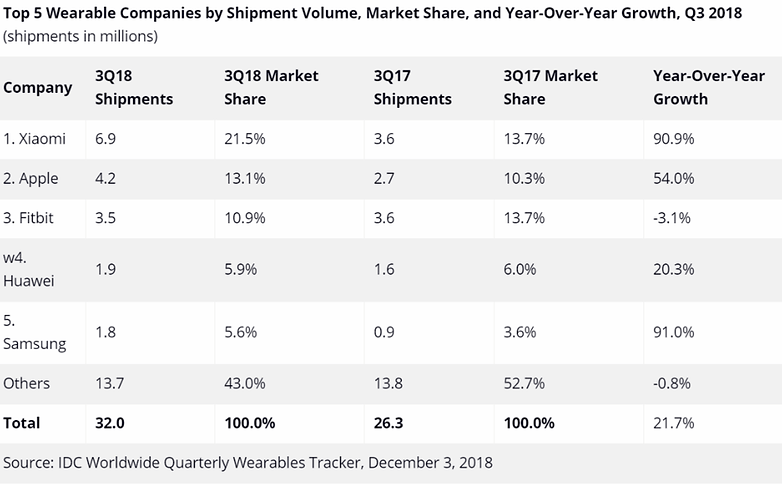
But is that enough to make the Chinese brand the king of wearables? Of course not! Selling more devices does not necessarily mean making more money. It's easy to proclaim yourself "world leader" in your category and boast being ahead of Apple and Fitbit when you sell tons of different devices. Do you think Xiaomi could compete if it had to sell only one wearable model as Apple does? Or do you think that a company that produces any kind of technological gadget can compete with a well-focused company like Fitbit? No kidding!
It seems history is repeating itself - the Xiaomi situation reminds of when Huawei fans boasted of "having overtaken Apple". But this is another topic for another time...
What is your opinion about the wearable market? Do you agree that innovation has stopped on all fronts? Let us know in the comments below.
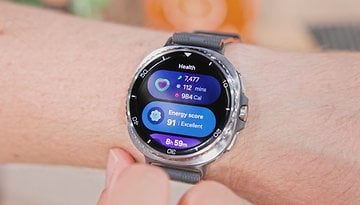

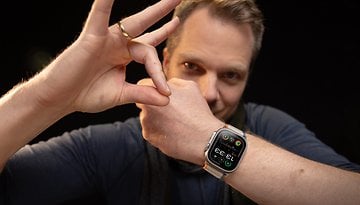

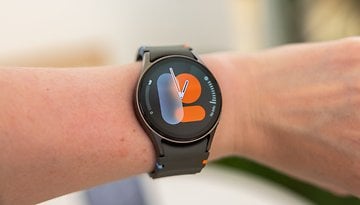

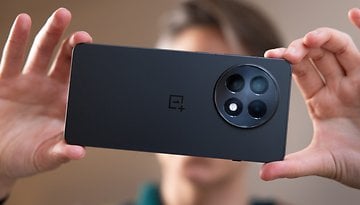

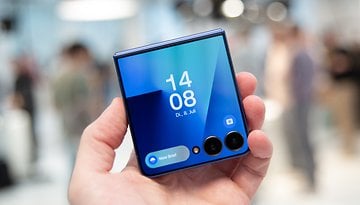





My current personal use-case is a 7" tablet and a pocketable phone, and now and then a wristlet concept shows up, making full use of round-the-wrist "band width" for larger screen, full deck of radios and sensors and a battery block, instead of a jimcrack smartphone "accessory" with a watchband\ that looks like the surprise in a Cracker Jacks box.
It's a watch/notifications viewer for me. Just started using it for tap/pay. Other than that, it's nothing to get excited about. If the price on my Samsung G3 Frontier hadn't dropped below 270 dollars, I still wouldn't have one. The notifications alone, are worth it to me, not having to pull my phone out of my belt clip case 2,394 times a day.
Agree 100%. I went through 10 smart watches this year.. got bored with each one after 2 months or so..
It was never an interesting market.